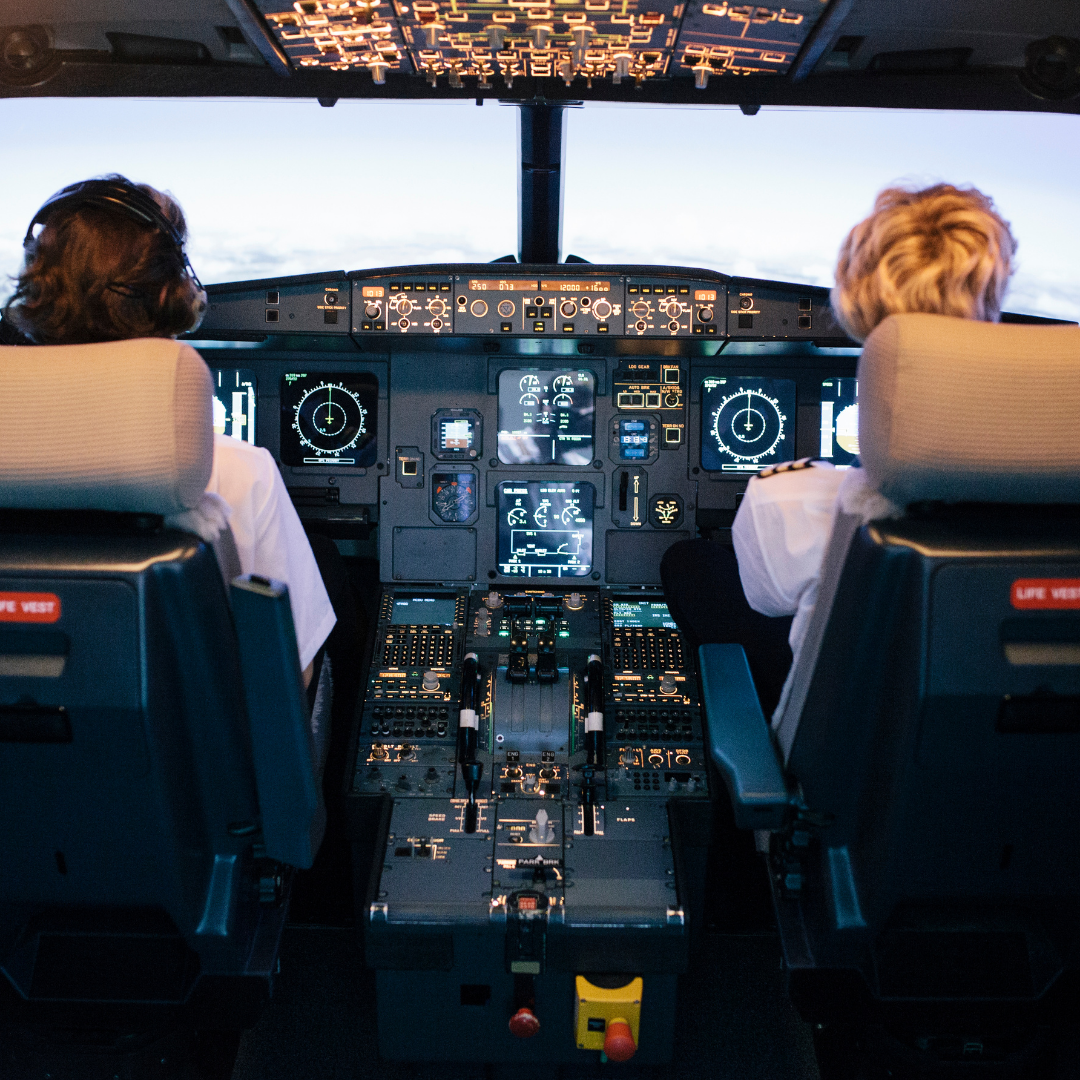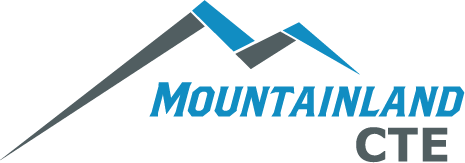
 AIRLINE PILOT: Airline pilots are responsible for flying and navigating various aircraft, including airplanes and helicopters. They operate and control the aircraft along planned routes, managing takeoffs and landings. Pilots monitor engines, fuel consumption, and other systems during flight, responding to changing conditions like weather events or emergencies. They develop detailed flight plans, considering factors such as aircraft performance, altitude, and weather conditions. Pre- and post-flight checks are performed to ensure the aircraft meets specifications and pilots choose safe and efficient routes. They analyze potential risks throughout the flight, maintain accurate flight records to comply with regulations, and ensure that cargo weight remains within aircraft limits.
AIRLINE PILOT: Airline pilots are responsible for flying and navigating various aircraft, including airplanes and helicopters. They operate and control the aircraft along planned routes, managing takeoffs and landings. Pilots monitor engines, fuel consumption, and other systems during flight, responding to changing conditions like weather events or emergencies. They develop detailed flight plans, considering factors such as aircraft performance, altitude, and weather conditions. Pre- and post-flight checks are performed to ensure the aircraft meets specifications and pilots choose safe and efficient routes. They analyze potential risks throughout the flight, maintain accurate flight records to comply with regulations, and ensure that cargo weight remains within aircraft limits.
Have you considered?
COMMERCIAL PILOT: Airline pilots typically start their careers flying as commercial pilots. While every airline pilot is a commercial pilot, not every commercial pilot is an airline pilot. Commercial airline pilots pilot and navigate fixed-wing aircraft on nonscheduled air carrier routes, or helicopters. This role requires a Commercial Pilot certificate. It encompasses charter pilots with similar certifications, as well as air ambulance and air tour pilots. Commercial pilots are compensated for flying, handling tasks such as transporting cargo and passengers, as well as engaging in operations like aerial surveying and search and rescue.
AIRCRAFT SERVICE TECHNICIAN: Aircraft service technicians conduct preventive maintenance and diagnose, repair, install, or replace components related to airframes and engines. They operate in diverse settings such as hangars, flight lines, or repair shops, utilizing a range of hand and power tools alongside advanced testing equipment. The work environment may involve high noise levels, and flight line technicians may work outdoors in various weather conditions. The job can be physically demanding, requiring technicians to perform strenuous tasks. While maintaining flight schedules or minimizing inconvenience to customers is essential and often involves working under pressure, technicians are expected to uphold rigorous standards of workmanship throughout the process.

Airline pilots specifically operate regularly scheduled passenger flights. To qualify as an airline pilot, one must hold an Airline Transport Pilot (ATP) certificate, the highest pilot license issued by the FAA. The journey typically involves starting with a private pilot license, progressing to a commercial pilot license, and then obtaining the ATP certificate. To become an airline pilot, the educational journey begins with obtaining a Private Pilot License (PPL) through a certified flight school or private instructor, meeting FAA medical requirements, and passing exams. After achieving PPL, aspiring pilots progress to a Commercial Pilot License (CPL), acquiring an Instrument Rating (IR) for navigation in low visibility. Additional requirements include being at least 18 years old, holding a first-class medical certificate, passing FAA exams, and logging flight hours. To reach the final step of becoming an Airline Transport Pilot (ATP), candidates must accumulate 1500 flight hours, attain Certified Flight Instructor (CFI) status, and obtain ratings such as CFII (Certified Flight Instructor Instrument) and MEI (Multi-Engine Rating). Alternative pathways to accumulate flight hours include roles like skydiving pilot, aerial surveying, cargo hauling, or banner towing. A bachelor's degree is also preferred, but not required, by most airline carriers.
Aerospace/Aviation Technology-Aviation Maintenance Programs aim to equip students with the knowledge and skills needed for a career in the maintenance and repair of diverse aircraft. The program is structured to provide the necessary expertise to pass the Federal Aviation Administration (FAA) written, oral, and practical examinations for an airframe and power plant (A&P) mechanics license. Most aircraft mechanics acquire their skills through a two- or four-year professional technical school program, earning an associate or bachelor's degree. The curriculum covers turbine engines, aviation electronics, and hands-on experience with tools and equipment. FAA certification requires attendance at an accredited school. Work experience is a vital component, with the FAA mandating 18 months for aircraft mechanic certification and 30 months for an airframe and power plant (A&P) certificate. In some cases, a degree from a training program may be substituted for work experience. On-the-job training is another pathway, typically lasting two years or more, although individuals with prior experience undergo shorter on-the-job training. Military training is an alternative route, where the military provides three to 17 weeks of training for aircraft mechanics and 18 to 25 weeks for avionics technicians. While military experience may fulfill FAA certification requirements, many opt for additional training at a professional technical school due to the specialized nature of military training.
Earning Potential Averages For Airline Pilots: (Jobs.Utah.Gov)
|
US Annual Total Openings: |
1,930 |
|---|---|
|
Annual Growth Rate: |
0.1% |
|
Median Annual Wage: |
$211,790 |
|
Education: |
Bachelor's Degree and Federal Air Certification. |
Earning Potential Averages For Commerical Pilots: (Jobs.Utah.Gov)
|
US Annual Total Openings: |
1,510 |
|---|---|
|
Annual Growth Rate: |
2.63% |
|
Median Annual Wage: |
$112,360 |
|
Education: |
Associate or Bachelor's Degree and Federal Air Certification |
Earning Potential Averages For Aircraft Service Technicians: (Jobs.Utah.Gov)
|
US Annual Total Openings: |
3,010 |
|---|---|
|
Annual Growth Rate: |
6.08% |
|
Median Annual Wage: |
$67,580 |
|
Education: |
Certificate, Apprenticeship, or Associate Degree. |


